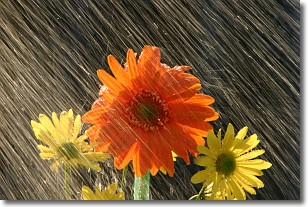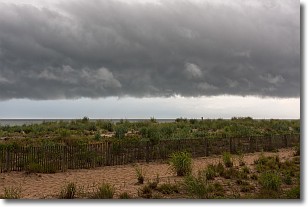Weather Alert in Texas
Flood Warning issued September 1 at 5:32PM CDT until September 2 at 7:14AM CDT by NWS Midland/Odessa TX
AREAS AFFECTED: Presidio, TX
DESCRIPTION: ...The National Weather Service in Midland/Odessa TX has issued a Flood Warning for the following rivers in Texas... Rio Grande at Rio Grande at Presidio Vehicle Bridge affecting Presidio County. Rio Grande below Rio Grande below Rio Conchos near Presidio, Texas affecting Presidio County. For the Rio Grande...including Rio Grande above Rio Conchos near Presidio, Texas, Rio Grande at Presidio Vehicle Bridge, Rio Grande below Rio Conchos near Presidio, Texas, Rio Grande near Castolon, Texas, Rio Grande at Johnson Ranch near Castolon, Texas, Rio Grande at Rio Grande Village, BBNP, Texas, Rio Grande near Dryden, Texas, Terlingua Creek near Terlingua, Texas...Minor flooding is forecast. * WHAT...Minor flooding is occurring and minor flooding is forecast. * WHERE...Rio Grande at Rio Grande at Presidio Vehicle Bridge. * WHEN...From this afternoon to tomorrow morning. * IMPACTS...At 12.0 feet (3.7 meters), the river reaches bankfull, after which the flood plain between the levees begins to flood. No damage is expected. At 15.5 feet (4.7 meters), the river reaches minor flood stage, and flooding between the levees occurs. No damage to structures is expected. * ADDITIONAL DETAILS... - At 5:15 PM CDT Monday the stage was 17.2 feet (5.2 meters). - Bankfull stage is 12.0 feet (3.7 meters). - Recent Activity...The maximum river stage in the 24 hours ending at 5:15 PM CDT Monday was 17.2 feet (5.2 meters). - Forecast...The river is expected to fall below flood stage this evening and continue falling to 6.0 feet (1.8 meters) early Saturday afternoon. - Flood stage is 15.5 feet (4.7 meters). - http://www.weather.gov/safety/flood
INSTRUCTION: Turn around, don't drown when encountering flooded roads. Most flood deaths occur in vehicles. Motorists should not attempt to drive around barricades or drive cars through flooded areas. Caution is urged when walking near riverbanks. Additional information is available at www.weather.gov. Tuesday morning at 715 AM CDT.
Want more detail? Get the Complete 7 Day and Night Detailed Forecast!
Current U.S. National Radar--Current
The Current National Weather Radar is shown below with a UTC Time (subtract 5 hours from UTC to get Eastern Time).

National Weather Forecast--Current
The Current National Weather Forecast and National Weather Map are shown below.

National Weather Forecast for Tomorrow
Tomorrow National Weather Forecast and Tomorrow National Weather Map are show below.

North America Water Vapor (Moisture)
This map shows recent moisture content over North America. Bright and colored areas show high moisture (ie, clouds); brown indicates very little moisture present; black indicates no moisture.

Weather Topic: What is Precipitation?
Home - Education - Precipitation - Precipitation
 Next Topic: Rain
Next Topic: Rain
Precipitation can refer to many different forms of water that
may fall from clouds. Precipitation occurs after a cloud has become saturated to
the point where its water particles are more dense than the air below the cloud.
In most cases, precipitation will reach the ground, but it is not uncommon for
precipitation to evaporate before it reaches the earth's surface.
When precipitation evaporates before it contacts the ground it is called Virga.
Graupel, hail, sleet, rain, drizzle, and snow are forms of precipitation, but fog
and mist are not considered precipitation because the water vapor which
constitutes them isn't dense enough to fall to the ground.
Next Topic: Rain
Weather Topic: What are Shelf Clouds?
Home - Education - Cloud Types - Shelf Clouds
 Next Topic: Sleet
Next Topic: Sleet
A shelf cloud is similar to a wall cloud, but forms at the front
of a storm cloud, instead of at the rear, where wall clouds form.
A shelf cloud is caused by a series of events set into motion by the advancing
storm; first, cool air settles along the ground where precipitation has just fallen.
As the cool air is brought in, the warmer air is displaced, and rises above it,
because it is less dense. When the warmer air reaches the bottom of the storm cloud,
it begins to cool again, and the resulting condensation is a visible shelf cloud.
Next Topic: Sleet
Current conditions powered by WeatherAPI.com




